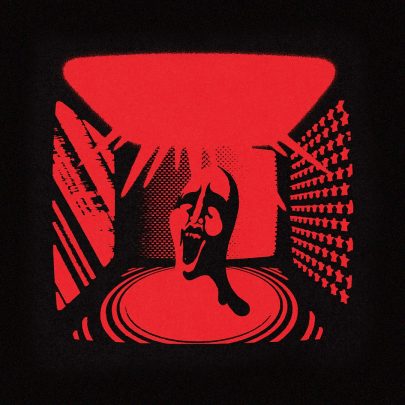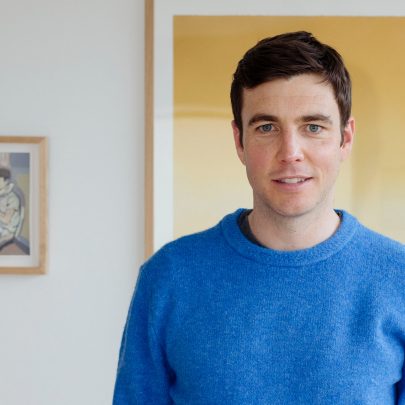Sep 5, 2015 Film & TV
The premise of Born to Dance is worryingly similar. It’s a hip-hop film that unashamedly borrows every aspect of the genre from America, produced entirely in New Zealand with a multi-million dollar budget. It has a typical dance movie narrative: Tu Kaea (played by Tia-Taharoa Maipi) is a teenage boy from Papakura who is secretly trying to become a professional hip-hop dancer against the wishes of a conventionalist, sergeant-in-the-army father (John Tui).
The film opens with a spirited “jetsetter lifestyle” montage set to a Major Lazer remix, featuring neon Tokyo street signs, the Arc de Triomphe, airports, the American flag – and wait – isn’t that the Geyser building in Parnell?
The novelty of viewing Auckland through this Hollywood lens doesn’t wear off, particularly when it lingers over the city’s flaws (a very literal presentation of a typically inefficient bus route has the audience laughing knowingly), but it jars less as the unexpected excellence of this film reveals itself.
Born To Dance’s brilliance is mostly down to one woman: Parris Goebel. The internationally renowned 23 year-old choreographer from Manurewa has lent this film a standard of dance that TV shows like New Zealand’s Got Talent could only dream of. While the actors are generally good (even Stan Walker at times), Tammy Davis’ direction fairly tight and the script, well, average at best; Goebel’s choreography generates sequence after sequence of rhythmic, visual deliciousness.
Members of her seven Auckland dance crews, known collectively as international champions Royal Family, pepper the ensemble, bringing with them Goebel’s unique brand of hip hop dance, “Polyswagg”. So while Born to Dance follows the narrative formula of a Step Up-style movie, it feels distinctly Kiwi. But better than that, it resists the homogeny of the genre, celebrating a diversity of dancers without making a thing of it; tolerance is just the accepted status quo.
Cringe-worthy dialogue and adherence to an essentially cheesy genre are all forgiven each time P Money’s well-curated soundtrack is brought to life through scene after scene of satisfying dance.
Don’t expect to find raw New Zealand talent on your TV, head to the cinema and find it there. Born To Dance will leave you fizzing with unanticipated joy.
Born to Dance, cinemas nationwide from 24th September 2015.





